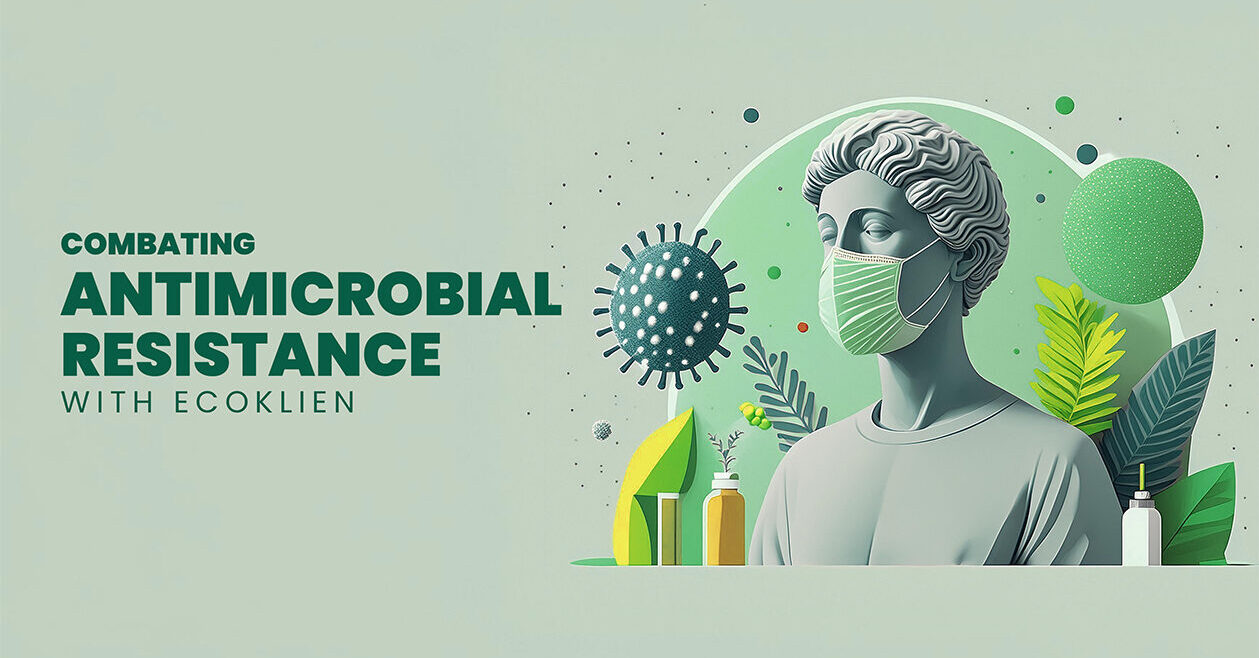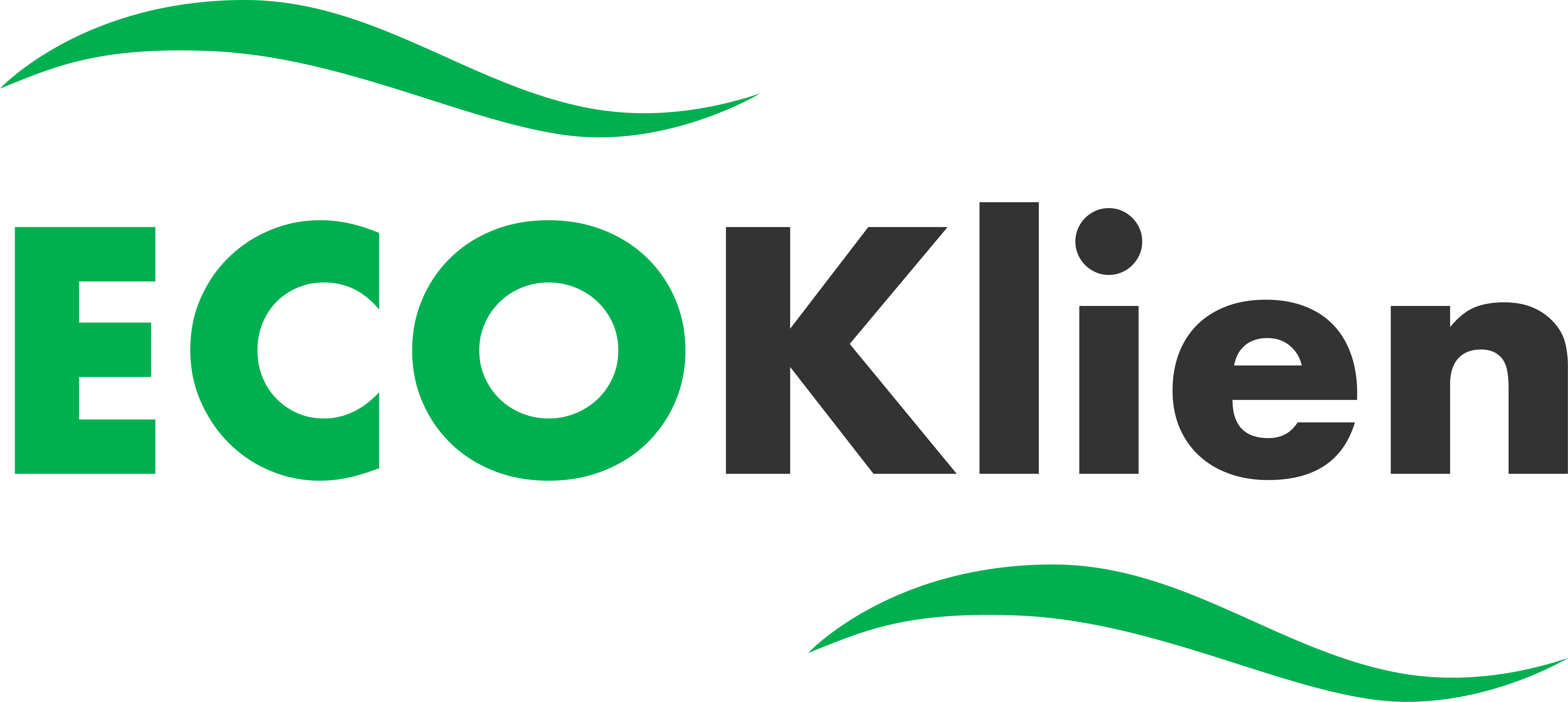
In the face of an urgent global health threat of antimicrobial resistance (AMR), effective biomedical liquid waste management has become more crucial than ever.
- What is Antimicrobial Resistance?
- What is The Role of Wastewater in Antimicrobial Resistance?
- Inefficiency of Traditional Wastewater Treatment Plants Against AMR
- The Environmental and Public Health Implications
- How Does ECOKlien Combat Antimicrobial Resistance?
- Conclusion
What is Antimicrobial Resistance?
Antimicrobial resistance happens when germs like bacteria and fungi develop the ability to defeat the drugs designed to kill them. That means the germs are not killed and continue to grow. Resistant infections can be difficult, and sometimes impossible, to treat. – CDC
Antimicrobial resistance is a natural phenomenon accelerated by the overuse and misuse of antimicrobial drugs in healthcare, agriculture, and other sectors.
Microorganisms develop resistance to antimicrobial drugs, rendering them ineffective in treating infections. This phenomenon poses significant threats to public health, as it limits treatment options for infectious diseases and increases the risk of morbidity and mortality. It has the potential to affect people at any stage of life, as well as the healthcare, veterinary, and agriculture industries. This makes it one of the world’s most urgent public health problems, with a burden likely to be higher than that of HIV or malaria, according to an assessment of bacterial AMR published in The Lancet.
In 2019, AMR killed at least 1.27 million people worldwide and was associated with nearly 5 million deaths. In addition to death and disability, AMR has significant economic costs. The World Bank estimates that AMR could result in US$ 1 trillion additional healthcare costs by 2050, and US$ 1 trillion to US$ 3.4 trillion gross domestic product (GDP) losses per year by 2030.
What is The Role of Biomedical Liquid Waste in Antimicrobial Resistance?
Biomedical liquid waste from healthcare facilities, pharmaceutical manufacturing plants, and agricultural runoff contains significant amounts of antimicrobial agents and drug-resistant bacteria. When collected at a treatment plant, it becomes a source of collection for antibiotics and a habitat for antimicrobial-resistant bacteria and their genes. Effluent from healthcare and pharmaceutical facilities in particular have become important sites for the spread of AMR, owing to the expected higher concentration of antibiotic-resistant bacteria (ARB) and antibiotic residues than that in other urban wastewater sources.
Traditional Wastewater Treatment Plants employ various treatment processes, such as physical, chemical, and biological techniques, to remove various contaminants from wastewater and sewage. However, in the case of inefficiencies in these processes, antibiotic-resistant bacteria (ARB) are retained in the treated water and may be disseminated into the environment. As such, there is a concern that these ARB and their resistance genes may cause untreatable or difficult-to-treat infections in humans and animals.
Inefficiency of Traditional Wastewater Treatment Plants Against AMR
Traditional Wastewater Treatment Plants were initially designed to remove physical pollutants such as debris, pathogens, and high loads of organics before discharging the treated water into various water bodies such as dams, streams, rivers, and oceans, to prevent eutrophication.
Although treatment technologies have greatly improved to account for the population growth, industrial expansion, and new challenges, the complete removal of antimicrobial compounds and other emerging pollutants remains a challenge – especially with biological treatment processes.
In general, Biomedical Liquid Waste, owing to its makeup, contains a different degree of disease burden, antimicrobial compounds, and AMR, depending on the supply sources. It plays an important ecological and evolutionary role in AMR, as it mixes bacteria from different environments, humans, and animals, providing a platform for genetic transfer between and among the different species. This is even more the case in wastewater, owing to the high levels of nutrients and the bacterial load in the presence of antibacterial compounds and their derivatives.
The Environmental and Public Health Implications
Drug resistant infections already cost too many lives today. Around 1.27 Million people die every year from drug resistance directly. That is more people than cancer and road traffic accidents combined together. Our ability to cure infections that were once considered benign is already damaged as we have already started using ‘last line’ antibiotics.
With resistance on the rise, we stand to lose the immense ground we have gained in the last century. This includes: 1) our fight against life threatening infectious diseases such as pneumonia, TB, HIV and malaria; 2) our battle against conditions such as cancer, where antibiotics are crucial in helping chemotherapy patients avoid and fight infection; and 3) huge advances in surgical procedures like organ transplants and cesarean sections, which have now become routine and relatively low risk, thanks to our ability to effectively stave off or treat acute infections with antibiotics. Common infections, such as pneumonia, tuberculosis, and urinary tract infections, become more difficult to treat, posing a significant challenge to healthcare systems worldwide.
In the environment, drug-resistant bacteria can transfer their resistance genes to other bacteria, creating new strains of superbugs that are resistant to multiple antibiotics. This heavily compromises the effectiveness of antibiotic treatments as they are strains of bacteria, viruses, parasites and fungi that are resistant to most of the antibiotics and other medications commonly used to treat the infections they cause. A few examples of superbugs include resistant bacteria that can cause pneumonia, urinary tract infections and skin infections.
How Does ECOKlien’s Biomedical Liquid Waste Treatment Combat Antimicrobial Resistance?
ECOKlien advance hybrid wastewater treatment systems utilize chemical free and microbe free treatment methods and physical disinfection techniques to ensure the removal of harmful pathogens and antimicrobial compounds. With a chemical free approach, ECOKlien minimizes the risk of AMR in treated fluid.
Unlike traditional treatment plants, ECOKlien not only treats the wastewater, but also disinfects it to the point where it’s completely safe to be discharged into the environment, or even reused. The system is meticulously designed to meet and exceed stringent regulatory requirements.
An added benefit of the ECOKlien Biomedical Liquid Waste Treatment System is that it is a completely automated treatment at source system. The plug and play system can be placed at the point of waste generation for immediate treatment, eliminating the hazards involved in the transportation of infectious liquid waste. The issues of noise and odor are also efficiently tackled to ensure an undisturbed healthcare environment.
Conclusion
Antimicrobial Resistance is an urgent public health crisis that needs to be addressed and rectified. Various studies have shown the role wastewater plays in the spread of AMR not only in the healthcare sector, but also across communities. It is impossible to predict the path of emerging drug resistance, but it is a trend that has largely run only in one direction so far. The reality will have to be accepted by all sooner or later. If done proactively, the consequences will be far less than what is to come in the following years.
With ECOKlien, let’s make a proactive effort. Partner with a brand that understands the complexities involved in the process. One that has simplified the process and made it hassle free for healthcare facilities to incorporate in their procedures. Let’s team up and take a step in the right direction.
